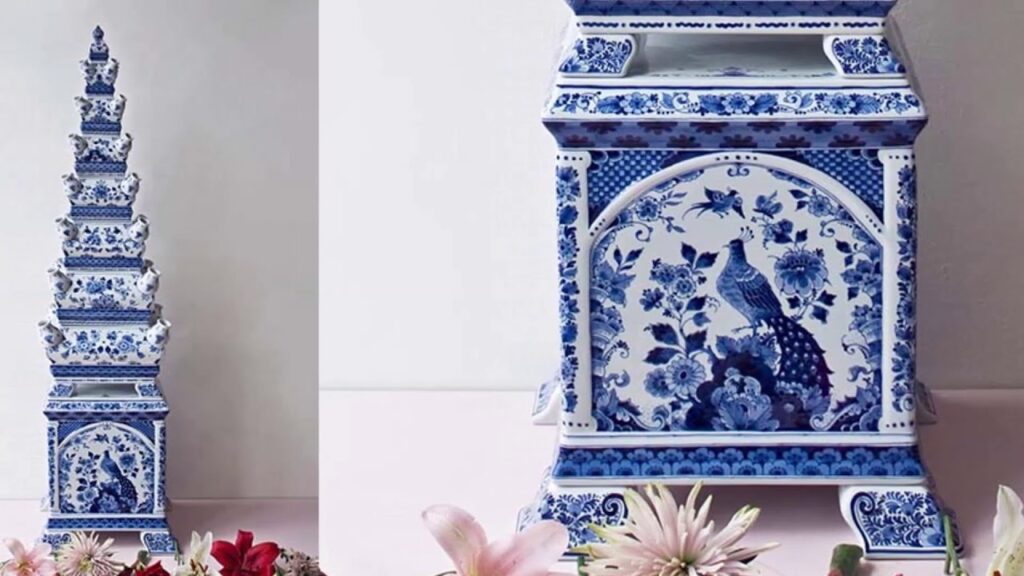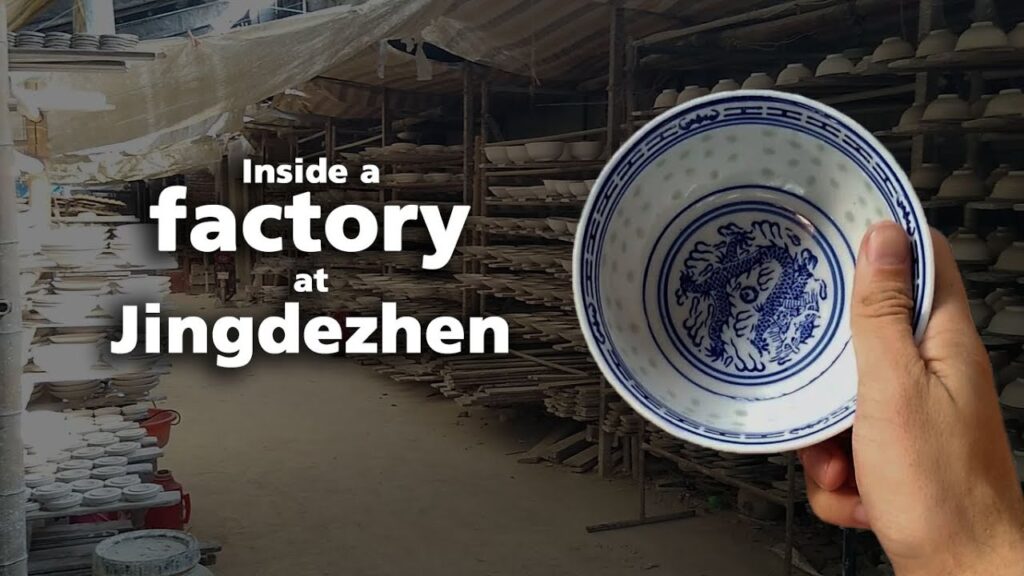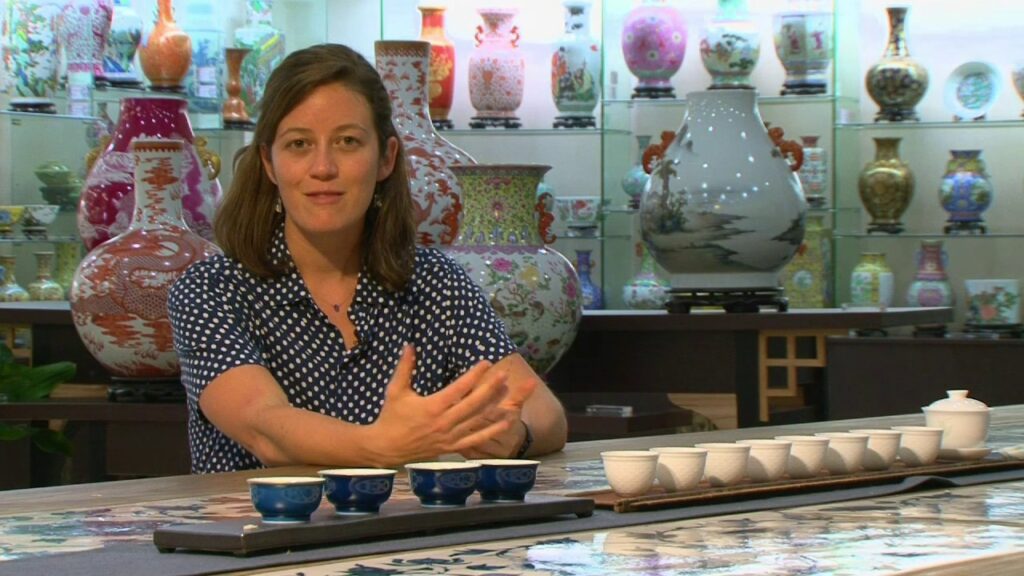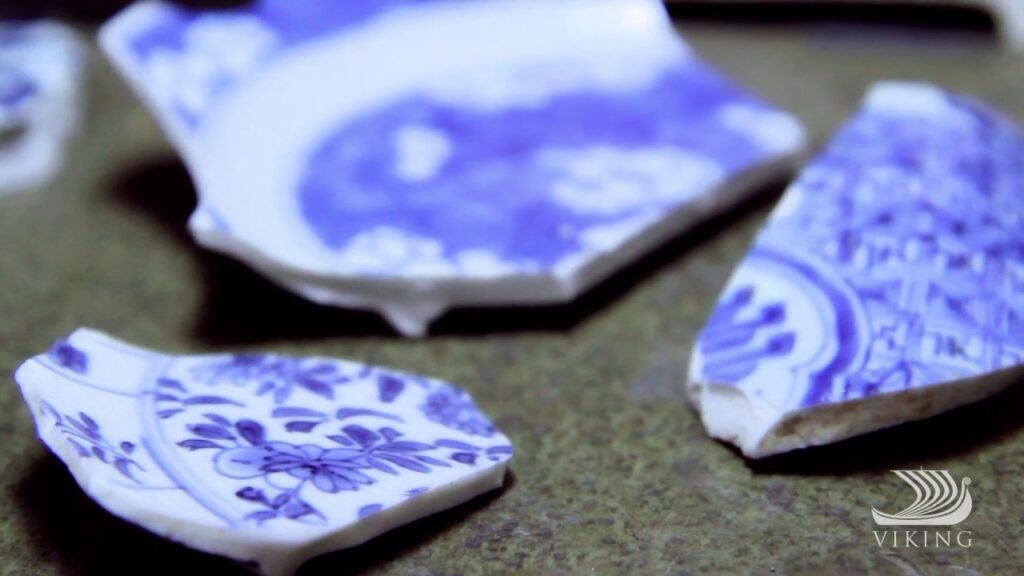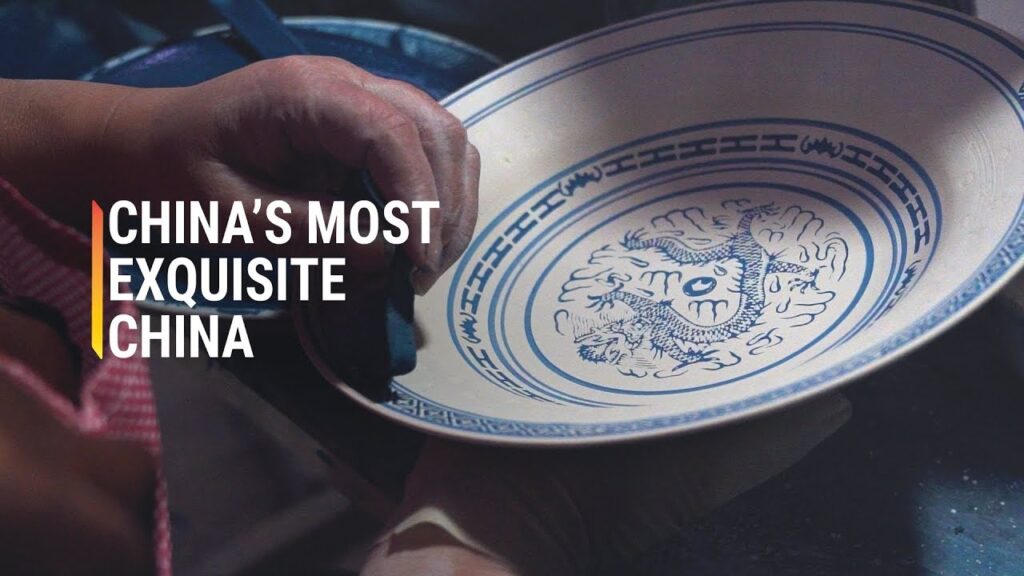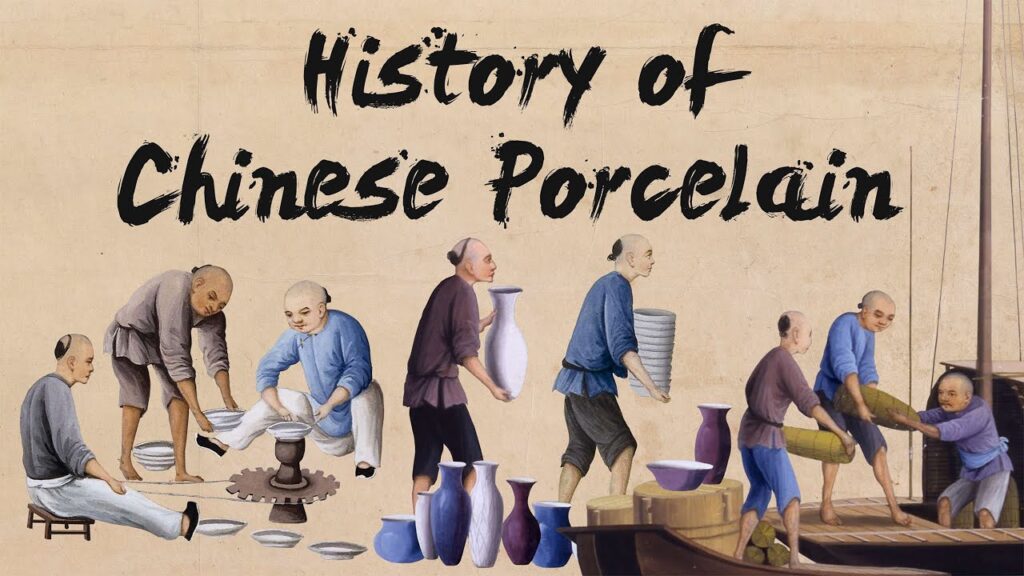Delftware or Delft pottery, Delft Blue Tulip Holders
Delftware or Delft pottery, also known as Delft Blue[1] (Dutch: Delfts blauw), is a general term now used forc tin-glazed earthenware, a form of faience. Most of it is blue and white pottery, and the city of Delft in the Netherlands was the major centre of production, but the term covers wares with other c, and made elsewhere. It is also used for similar pottery that it influenced made in England, but this should be called English delftware to avoid confusion.
Delftware is one of the types of tin-glazed earthenware or faience in which a white glaze is applied, usually decorated with metal oxides, in particular the cobalt oxide that gives the usual blue, and can withstand high firing temperatures, allowing it to be applied under the glaze. It also forms part of the worldwide family of blue and white pottery, using variations of the plant-based decoration first developed in 14th century Chinese porcelain, and in great demand in Europe.
Delftware includes pottery objects of all descriptions such as plates, vases and other ornamental forms and tiles. The start of the style was around 1600, and the most highly-regarded period of production is about 1640–1740, but Delftware continues to be produced. In the 17th and 18th centuries Delftware was a major industry, exporting all over Europe.#delfttiles #dutchtiles #antiquetiles #delftblue #delftware #reclaimed #dutchdesign #interiordesigner #interiors #18thcentury #collectibles #collectables #earthenware #shepherd #sunday #cold #treetravel,
tourism,
hotels,
hotel,
holiday,
resort,
landmarks,
weather,
economy,
industry,
architecture,
shopping,
museum,
school,
housing,
floods,
storm,
flood,

